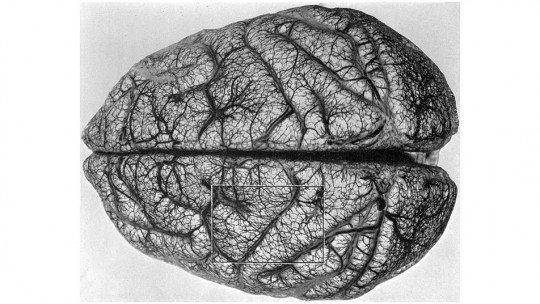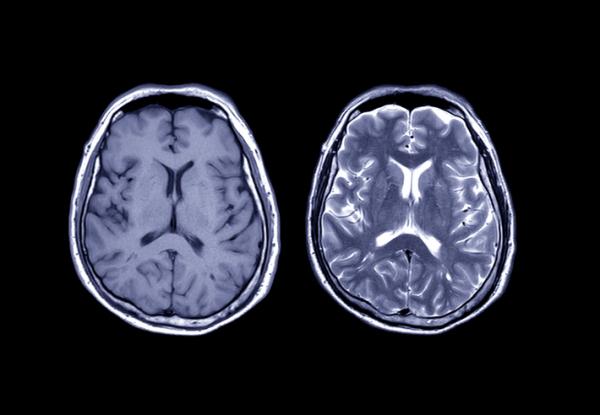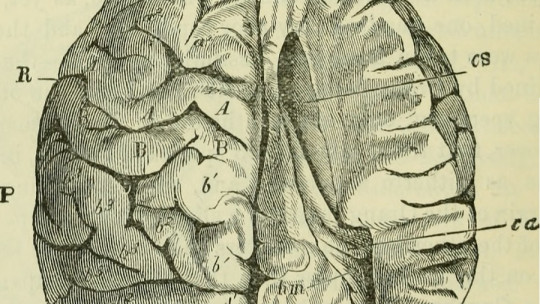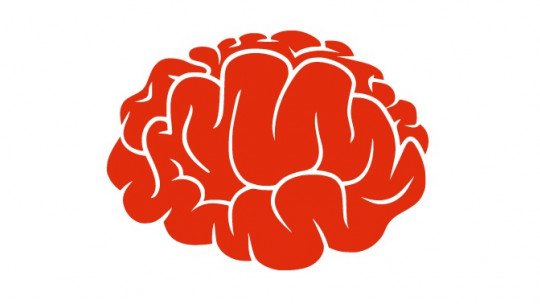Philosophy is the primary discipline of study, which, for millennia, has been dedicated to addressing transcendental questions about reality itself.
One of its most modern branches is neurophilosophy which, unlike others, has a biological basis, as we will explore below.
Definition of Neurophilosophy
This is a subdiscipline of philosophy that connects this with neuroscience (the study of the nervous system) In fact, it is also known as the philosophy of neuroscience. And it is an interdisciplinary study of both.
In other words, it is the study of the connections between the mind and the brain. It states that the entire psychology of the human being must be explained by the organic structure of the brain, so it is necessary to study the functioning of this organ to understand in depth the essence of our thoughts.
Study methods
The main problem that arises when entering this discipline is that both mind and brain can only be studied indirectly Below we will see some of the most used methods in this way.
1. Functional magnetic resonance imaging
Is about a well-known medical technique to obtain images of brain activity in specific regions The machine necessary to perform them is the same as conventional MRI scans, although there are some differences in the programs used to process the images. Generally, no prior contrast injection is needed, although for some specific techniques within fMRI it must be applied.
A summarized explanation of how this technique works would be as follows. The individual is introduced into the resonance machine, and must be completely still except for the specific part of the body that we ask him to move, for example, the fingers. In this way, by obtaining images of the brain during rest and movement, we will be able to clearly observe which areas reflect greater activity when performing a specific task.
Functional magnetic resonance imaging is especially useful for neuroscience in general and neurophilosophy in particular because allows us to establish the areas of the brain dedicated to essential functions (for example, language) Another of the great advantages of fMRI is that it shows us in a visible and objective way the effect of a medication, which goes far beyond the information that the patient himself can verbalize to us from his subjective experience.
Not only neurophilosophy draws from this technique. Other cross-sectional neuroscience studies, such as neuromarketing or neuroeconomics, also use this method to observe the brain regions where we make financial decisions.
A variant used recently would be functional magnetic resonance imaging in the resting state , that is, where the individual is not carrying out any specific task, there is simply the natural flow of his thoughts. In this way, the activity patterns that occur on the surface of the brain in this apparent state of rest can be studied, and thus identify the elemental architecture that occurs in these brain activation processes during a neutral state in the person studied.
critics
Neuroscientists like Michael Anderson do not fully agree on the weight given to this technique to obtain information about how we think since they maintain that in the visual records obtained we are losing a lot of data, and that it is necessary to take into account both the activation that occurs for the task and the activation that occurs for the control, and with the technique studied we would not be able to see the areas activated during control that are also involved in the task.
Others directly reject the technique because they maintain that the brain acts as a whole, and that cognition involves the joint functioning of a large part of the brain structures, and therefore cannot be reduced to a specific region. They ask that the effect observed by functional magnetic resonance imaging not be confused with the specific function that said area of the brain has
2. Cognitive neuropsychology
Through this branch of Psychology, valuable records are also obtained that feed the theoretical foundations of neurophilosophy. In this case the procedure is study people who have suffered a brain injury and determine which of their psychological functions have been altered so that we can establish a connection between the damaged part of the brain and the altered or impeded behaviors.
Neuropsychology has famous studies with which we can see more clearly the concepts we are talking about.
Phineas Gage
The case of Phineas Gage is one of the oldest (it occurred in 1848), but also one of the most relevant for brain studies. This individual was a worker who, during a work day, suffered an accident in which An explosion sent an iron bar flying, so badly that it pierced his skull entering below his left cheekbone and exiting at the top.
Obviously, after such severe damage, the most logical thing is that Phineas would have died instantly. But that was not what happened, far from it. In fact, after the accident, he could walk, talk and think completely normally. So he didn’t suffer any after-effects after seeing his brain literally get impaled by a metal bar?
Yes, there were consequences, but they were of a different kind. What Phineas Gage saw affected was his personality, the very essence of his being. Apparently, before this event, Mr. Gage was a polite, kind man, with good sociability in general. After the serious damage suffered to his frontal lobe, he began to depend much more on his most primal impulses losing patience easily, being inconsistent in his tasks, disrespecting his peers and being totally incapable of holding down a job.
In other words: he stopped being who he was to become a different person.
Paul Broca and Tan
The famous Dr. Broca discovered the brain area that today bears his name by studying patient Tan, so named because he was unable to pronounce any other word.
After documenting in detail the characteristics of the aphasia that Tan and other patients with similar symptoms experienced, he was able to relate it to the brain damage he observed when performing the autopsies and thus conclude that there necessarily had to be a relationship between the atrophied area and altered language functions
Other studies
Although the list is long, we can summarize by indicating that many other tests have been done in the laboratory to be able to associate brain regions with specific functions.
For example, With wounded soldiers in World War I it was discovered that the occipital lobe controlled vision and therefore damage to said region could even leave the subject blind.
On the other hand, the famous patient HM had a region of the temporal lobes removed, since it was believed that this way his epilepsy would improve. The result, however, was anterograde amnesia that, although it was a terrible misfortune for the patient, allowed the direct connection to be established between the removed area and the function of creating new memories.
3. Computational neuroscience
It is an interdisciplinary science that encompasses very diverse fields and its objective is to create computational models that realistically simulate the neuronal functioning of our brain. That is, obtain a virtual image that adequately represents the distribution and activity of the neural networks.
However, many representatives of neurophilosophy have rejected the use of this discipline and the usefulness of mathematical models obtained to explain the functioning of the mind.
In summary
We have carried out a theoretical tour of neurophilosophy and its sources. It is an interesting discipline with a long way to go, but we have been able to see how difficult it is to associate a thought or belief, as well as its underlying mechanisms, with a specific neuronal region of our brain.
There remains, therefore, much to be done in this field and who knows if advances in computational neuroscience and its increasingly complex mathematical models, and even the frenetic search for authentic artificial intelligence will lead to a leap in our understanding of the philosophy that unites mind and brain.
Perhaps once we achieve such advances we will have the tools to resolve issues of absolute importance, which have been in our thinking since ancient times, such as free will.









